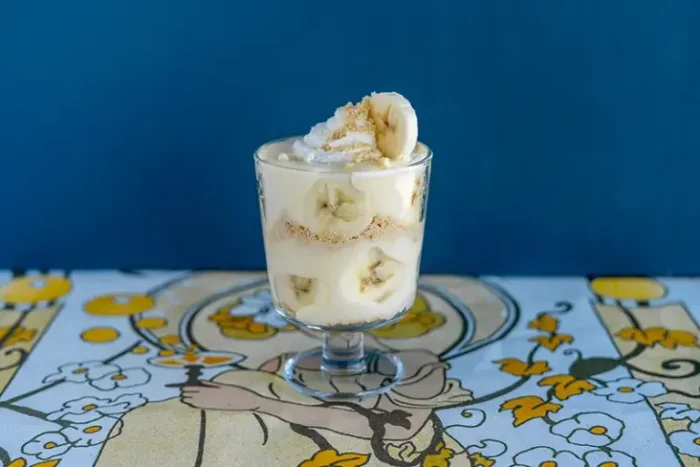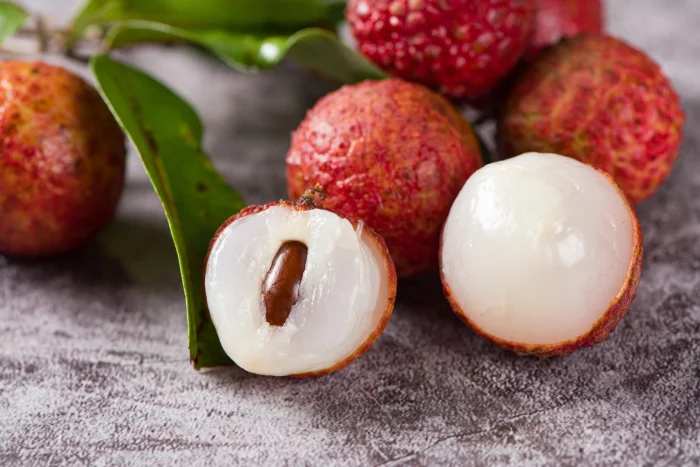Making a homemade coconut cake is a rewarding experience. The soft, moist layers of cake paired with the rich, tropical flavor of coconut create a dessert that is both comforting and indulgent. Whether you’re preparing it for a special occasion or a simple family gathering, a coconut cake is sure to impress. This detailed guide will walk you through the entire process, from selecting your ingredients to serving a perfectly baked coconut cake.
Ingredients You’ll Need for Coconut Cake
To make a delicious homemade coconut cake, you’ll need a variety of ingredients. These are common items you may already have in your kitchen, but fresh coconut or coconut extract can add a special touch to the flavor.
For the Cake:
- 2 ½ cups all-purpose flour
- 2 teaspoons baking powder
- ½ teaspoon baking soda
- ¼ teaspoon salt
- 1 cup unsalted butter, softened
- 1 ½ cups sugar
- 4 large eggs (at room temperature)
- 1 teaspoon vanilla extract
- 1 cup buttermilk (or regular milk with a tablespoon of vinegar)
- 1 ½ cups shredded coconut (unsweetened or sweetened depending on preference)
For the Frosting:
- 1 cup unsalted butter, softened
- 8 ounces cream cheese, softened
- 4 cups powdered sugar
- 1 teaspoon vanilla extract
- 1 ½ cups shredded coconut (for garnish)
- 2 tablespoons coconut milk or regular milk (optional)
Optional Garnishes:
- Toasted coconut flakes
- Extra shredded coconut for sprinkling
Preparing the Cake Layers
Preheat the Oven
Begin by preheating your oven to 350°F (175°C). Grease and flour two 9-inch round cake pans. You can also line the bottom of the pans with parchment paper to ensure that your cakes come out easily.
Mix the Dry Ingredients
In a medium bowl, whisk together the flour, baking powder, baking soda, and salt. This will ensure that the dry ingredients are evenly distributed, which is essential for a uniform cake texture.
Cream the Butter and Sugar
In a large mixing bowl, beat the softened butter and sugar together until the mixture is light and fluffy. You can use an electric mixer on medium speed for about 4-5 minutes. This process adds air into the batter, helping the cake rise and become light.
Add the Eggs
Add the eggs one at a time, beating well after each addition. Make sure each egg is fully incorporated before adding the next. This step ensures a smooth and consistent batter.
Add Vanilla Extract
Once all the eggs are mixed in, add the vanilla extract and continue to beat the batter for another minute. Vanilla enhances the overall flavor of the cake, complementing the coconut.
Alternate Adding Dry Ingredients and Buttermilk
Next, gradually add the dry ingredients into the butter mixture in three parts. Begin by adding one-third of the flour mixture, then mix in half of the buttermilk. Continue alternating the flour mixture and buttermilk, ending with the flour mixture. Mix until just combined. Avoid over-mixing, as this can lead to a dense cake.
Fold in the Shredded Coconut
Finally, fold in the shredded coconut. This is where the coconut flavor really starts to shine. Mix gently to ensure that the coconut is evenly distributed throughout the batter.
Pour and Bake
Divide the batter evenly between the prepared cake pans. Smooth the tops with a spatula to ensure even layers. Place the pans in the preheated oven and bake for about 25-30 minutes. Check the cakes by inserting a toothpick into the center. If it comes out clean, the cakes are ready.
Cool the Cake
Allow the cakes to cool in the pans for 10 minutes before removing them. After 10 minutes, turn the cakes out onto a wire rack to cool completely. It’s essential to let the cakes cool entirely before frosting, as the frosting could melt if the cake is still warm.
Making the Creamy Coconut Frosting
The frosting is just as important as the cake itself. A smooth, rich frosting will complement the fluffy cake and enhance the coconut flavor.
Cream the Butter and Cream Cheese
In a large mixing bowl, beat together the softened butter and cream cheese until smooth and creamy. This will form the base of your frosting. Using an electric mixer on medium speed will make the process quicker and more efficient.
Add Powdered Sugar
Gradually add the powdered sugar, one cup at a time. Continue to beat the frosting on low speed until the sugar is fully incorporated. After each addition, increase the speed to medium-high and beat for about 2 minutes. This will ensure that the frosting is light and fluffy.
Add Vanilla Extract
Once the powdered sugar is fully mixed in, add the vanilla extract. This will add a nice touch of flavor to the frosting.
Adjust Consistency with Coconut Milk (Optional)
If you prefer a softer frosting, you can add a tablespoon or two of coconut milk or regular milk. Beat until smooth. The milk will help achieve a spreadable consistency without making the frosting too runny.
Chill the Frosting (Optional)
If the frosting is too soft to spread, place it in the fridge for about 10 minutes to firm up. This will make it easier to frost your cake.
Assembling the Coconut Cake
Level the Cake Layers
If your cake layers have domed on top, use a serrated knife to level them. This will ensure that the frosting sits evenly and the layers are stable.
Frost the First Layer
Place one of the cooled cake layers on a serving plate or cake stand. Spread a generous amount of frosting over the top of the first layer. Use a spatula to smooth it evenly to the edges.
Add the Second Layer
Place the second cake layer on top of the frosted layer. Press gently to ensure the layers stick together.
Frost the Entire Cake
Spread frosting over the top and sides of the cake, covering it completely. Be sure to use enough frosting to create a smooth, even layer. You can use a bench scraper or spatula to achieve a smooth finish.
Garnish with Shredded Coconut
Once the cake is fully frosted, sprinkle the shredded coconut over the top and sides. If you want to give the cake a more decorative touch, you can toast the coconut before adding it. Simply place the coconut flakes on a baking sheet and toast them at 350°F (175°C) for 5-10 minutes, or until golden brown. Be sure to stir the coconut often to avoid burning.
Serving and Storing Your Coconut Cake
Serve
Once your cake is fully assembled and garnished, it’s ready to be served. Slice it into generous portions, and enjoy the moist, coconut-infused layers with the creamy frosting.
Store Leftovers
If you have leftovers, store them in an airtight container at room temperature for up to 2 days. For longer storage, place the cake in the refrigerator, where it will last for up to 5 days. You can also freeze the cake for up to 3 months. To freeze, wrap the cake layers in plastic wrap and foil before placing them in a freezer-safe bag or container.
Tips for Perfect Coconut Cake
Use Fresh Coconut
For the best flavor, use fresh shredded coconut. You can find this at most grocery stores or health food markets. Fresh coconut has a richer, more authentic flavor than pre-packaged coconut flakes.
Soak the Coconut in Milk
For an even deeper coconut flavor, you can soak the shredded coconut in coconut milk for about 10 minutes before adding it to the cake batter.
Don’t Over-Mix the Batter
Over-mixing the batter can make the cake dense. Mix until just combined to keep the texture light and fluffy.
Use Room Temperature Ingredients
Ensure that the butter, eggs, and cream cheese are at room temperature before you begin. This helps them mix better and create a smooth, uniform batter and frosting.
Conclusion
Making a homemade coconut cake is an enjoyable and rewarding project. From baking the moist cake layers to preparing the creamy frosting and adding coconut garnish, every step enhances the tropical flavors that make coconut cake a beloved dessert. By following this step-by-step guide, you’ll be able to create a cake that’s not only delicious but also visually stunning. Whether for a holiday celebration or a simple treat, a coconut cake is sure to impress anyone who takes a bite!
Related topics
























